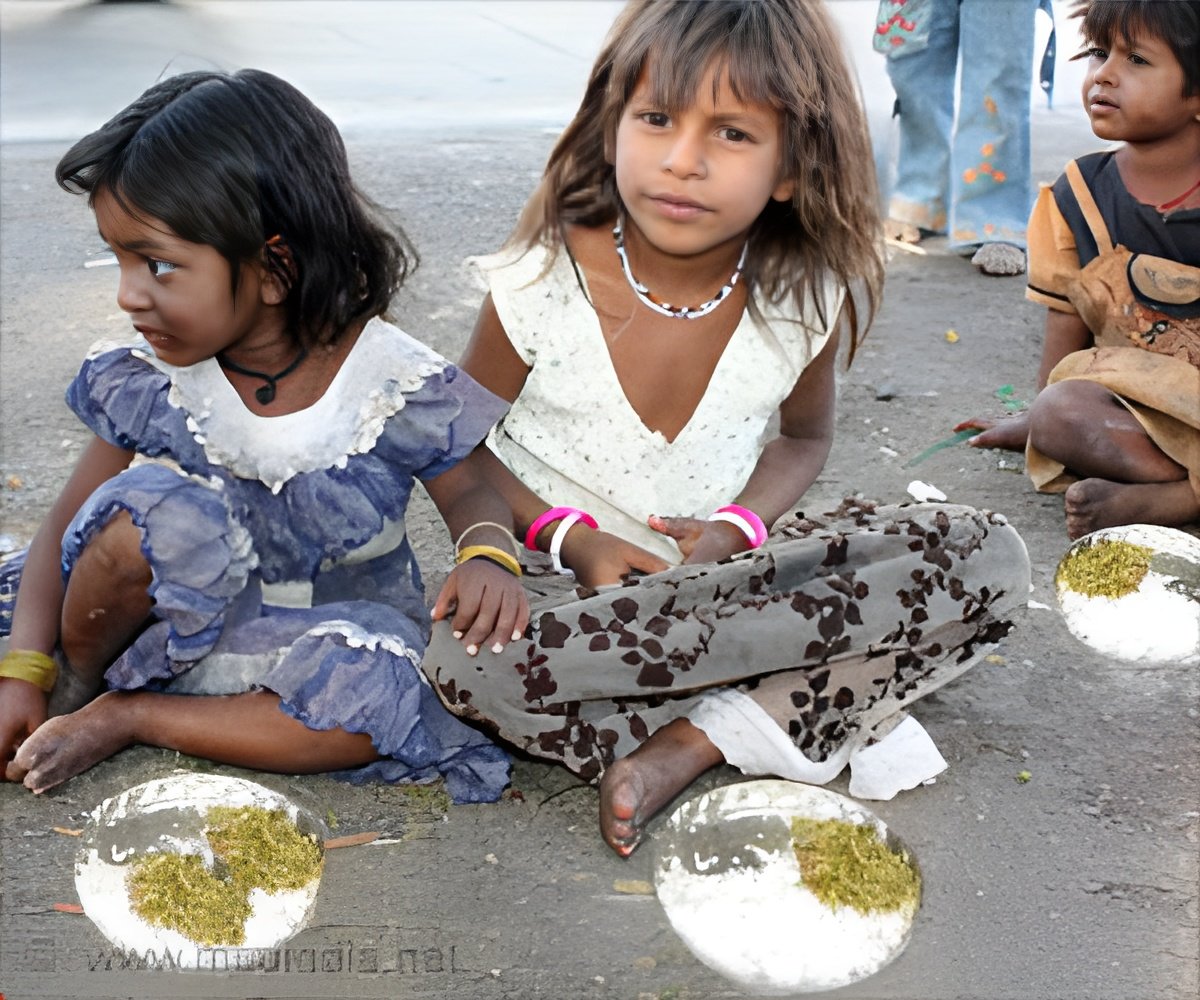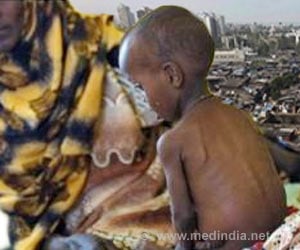A majority of Indians spend less money on calorie-rich food but more on essential expenses like education, healthcare and transportation.

India is a home for world’s largest number of people affected by hunger. The country, which is largest in terms of farmers and rural population, has about one-quarter of the world’s food insecure people.
In a report on food security, the United Nations said that the poor and hungry may have failed to benefit from the overall growth in India.
While the Indian economy has grown in the past decades, the average daily calorie consumption per capita has been falling since the 1970’s. The daily calorie consumption in rural India has reduced from 2,266 calories a day in 1972 -73 to 2,020 a day in 2009 to 10. In urban areas, there has been a largely downward trend from 2,107 calories a day in 1972-73 to 1,946 in 2009-10.
Many voluntary reasons lie behind the decline in calorie intake. Majority of Indians are spending more money on essential expenses like education, healthcare and transportation. As these costs are growing and incomes not keeping pace, people are spending less on food. Many people have voluntarily reduced their calorie consumption even though their incomes have increased because they don’t need as much food.
Majority of the Indians are moving out from physically demanding agricultural work to more sedentary occupations in factories and services.
As a country’s economy grows, the trend is that people eat less rice, wheat and other cereals. Instead they choose high caloric costlier food. But Indians, including the poor are consuming less cereal and aren’t increasing their calorie-rich food.
In the recent years, Indian agricultural markets have witnessed considerable transformation with large grains in production and productivity.
Calorie intake has been falling across expenditure declines, even among the poorest Indians. The poverty head count ratio has declined over time, however the prevalence of under-nutrition individuals has increased. This can be prevented with improved investments in agriculture as well as more non-farm employment, which are essential to increase rural purchasing power sufficiently. More effective delivery of food through Targeted Public Distribution System (TPDS) at subsidized rate, improving the performance of agriculture and diversifying produce as well as reducing the vulnerabilities of farmers could help overcome the decline in calorie intake among Indians.
Source-Medindia













